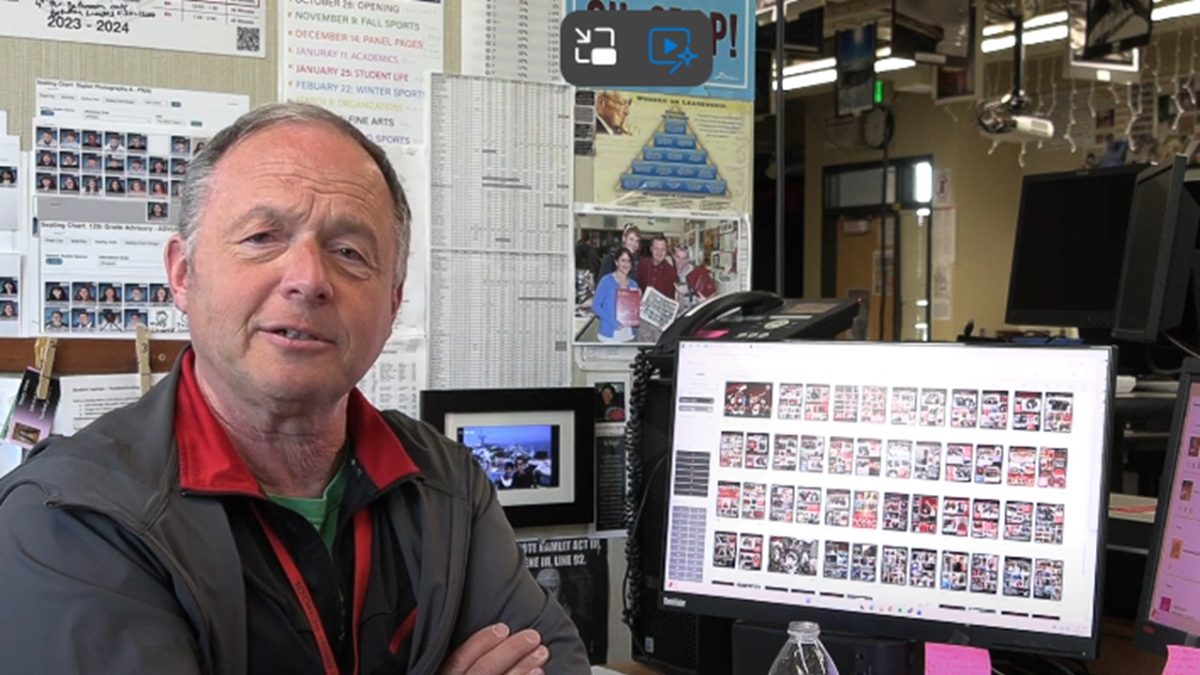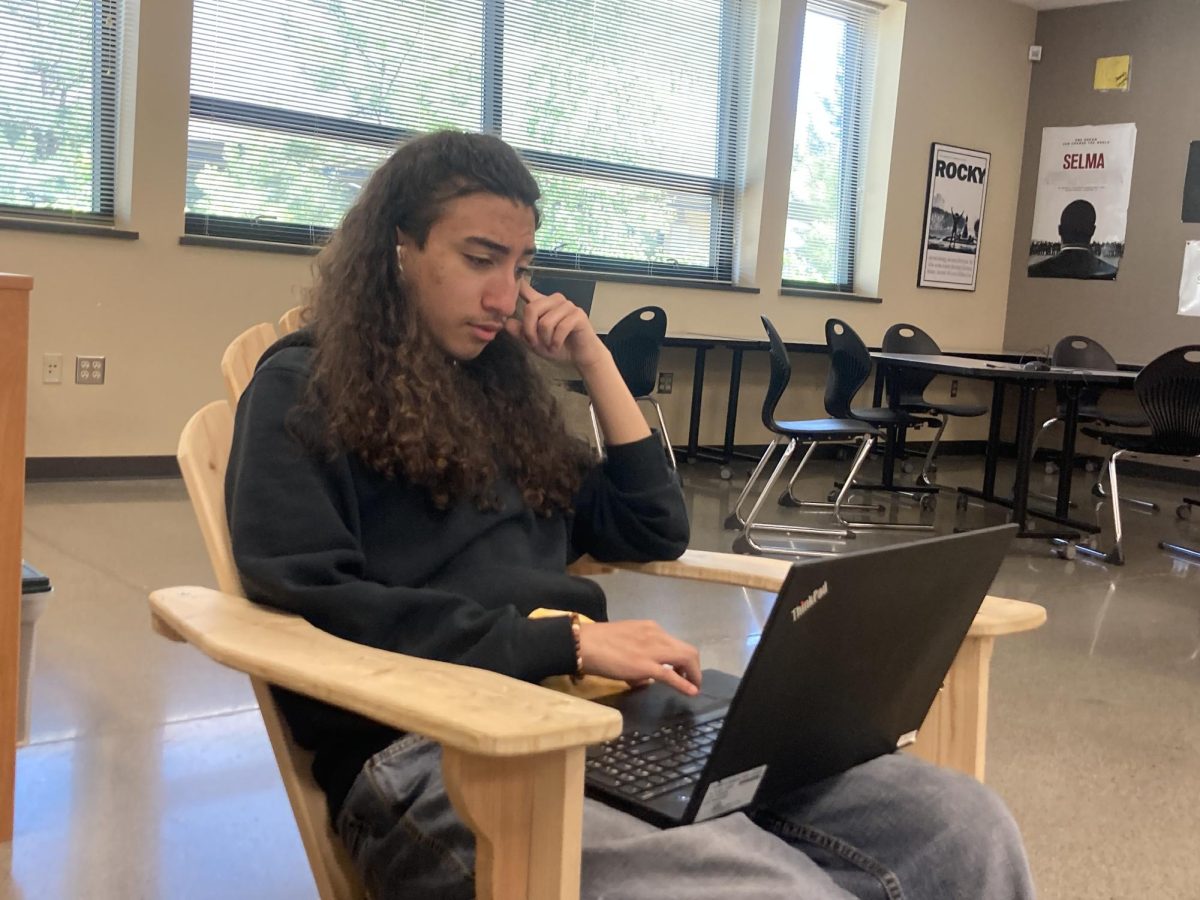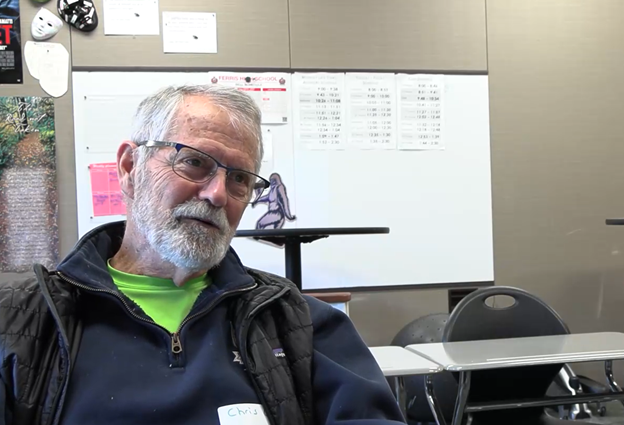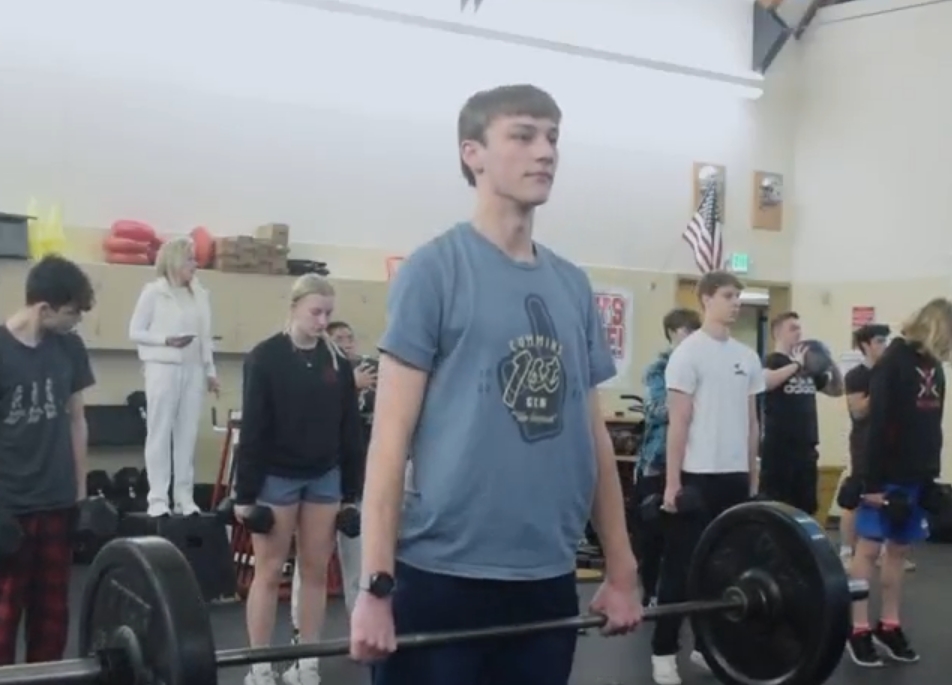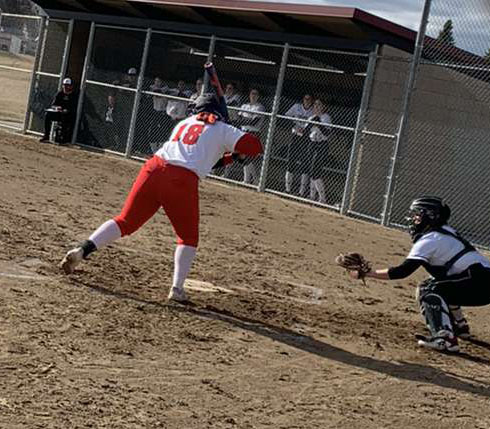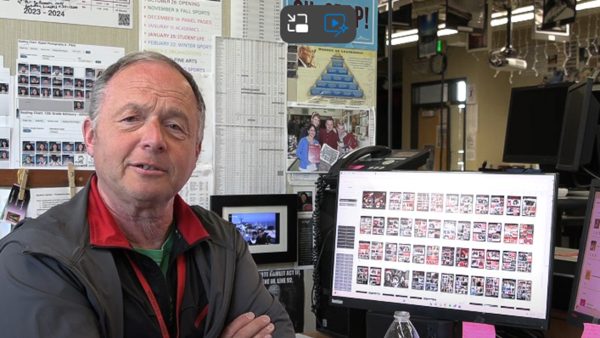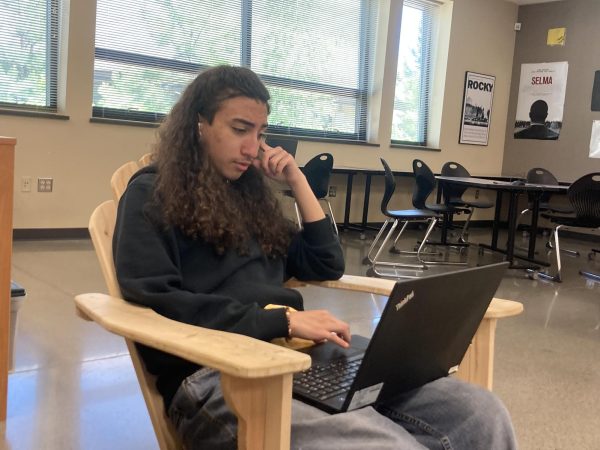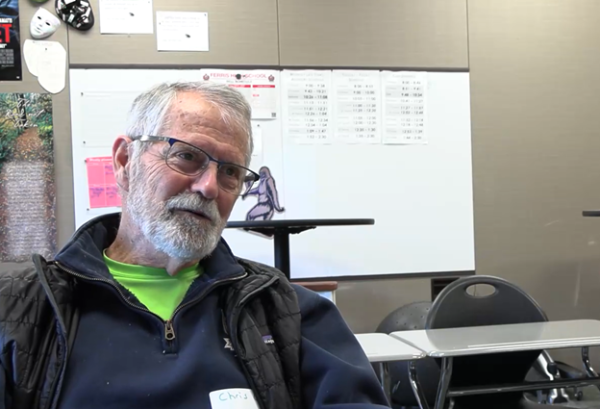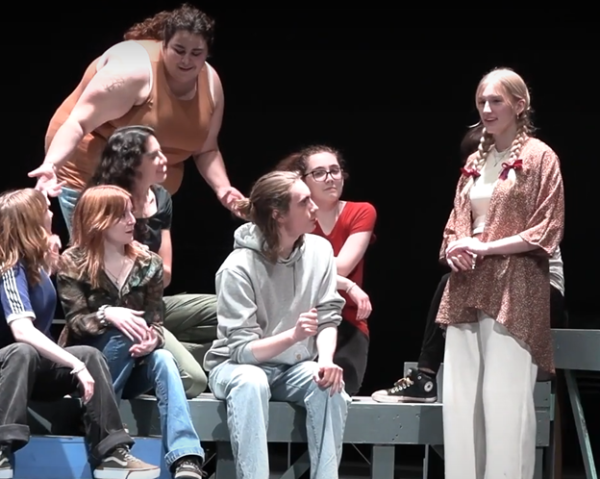Working with Woods in the Ferris Woodshop

Mikey Roads learning to make a pencil holder.
Many new students wonder what causes the commotion in the 500 wing. Granted, the noise that fills the hallway has only one classroom to blame and that’s the woodshop class. Constant sanding and cutting may be something many students find irritating, but to Mr. Johnson, the woodshop teacher, it is the sweet serenade of making art.
“For the first few weeks, we learn safety, we learn measurements, we just learn some stuff about wood, about stains and paints, and then we come in here and we’re just busy. We have all kinds of projects going on,” said Mr. Johnson.
When enrolled in shop, students will be graded on many various projects, ranging from simple pencil holders to intricate Chinese puzzles and various types of chairs. Some other projects include cutting boards, bottle holders, plant stands, and sometimes students are even allowed to make their own projects. Woodshop allows more variety in classes for students to earn their CTE credit. Art credits are also available if taking the CTE route option as an alternative to art credits.
“Well, the cool thing about woodshop is, Mr. Johnson said that it’s like a CTE class, so it [can possibly] count for art as well. So, if you’re not really into doing ceramics or whatever drawing, and you just want to make cool projects with your hands it’s a pretty cool class to do.” said Tristan Curless.
If students at Ferris High School are searching for a class that is all hands on then registering for woodshop would be a viable option.
“We push too much on four-year colleges, I think there’s a lot of students here I see in some of my classes that really enjoy working with their hands, so I want to be part of that and help promote those kids to get them a career when they get out of high school,” said Mr. Johnson.
Woodshop is an opportunity to explore a whole new field that other classes in the school don’t, offering the ability for students to find lifelong skills and hobbies that they could take with them to the career field.
“We just start from the beginning, we learn measurements, start out with simple projects and usually each project introduces a new tool, new skill, and by the end of the year you know how to use every tool,” said Mr. Johnson.
Ava Romine is a Ferris senior. She originally didn't pick to be involved with FIN, but now she's returned for a second year thanks to the atmosphere and...

